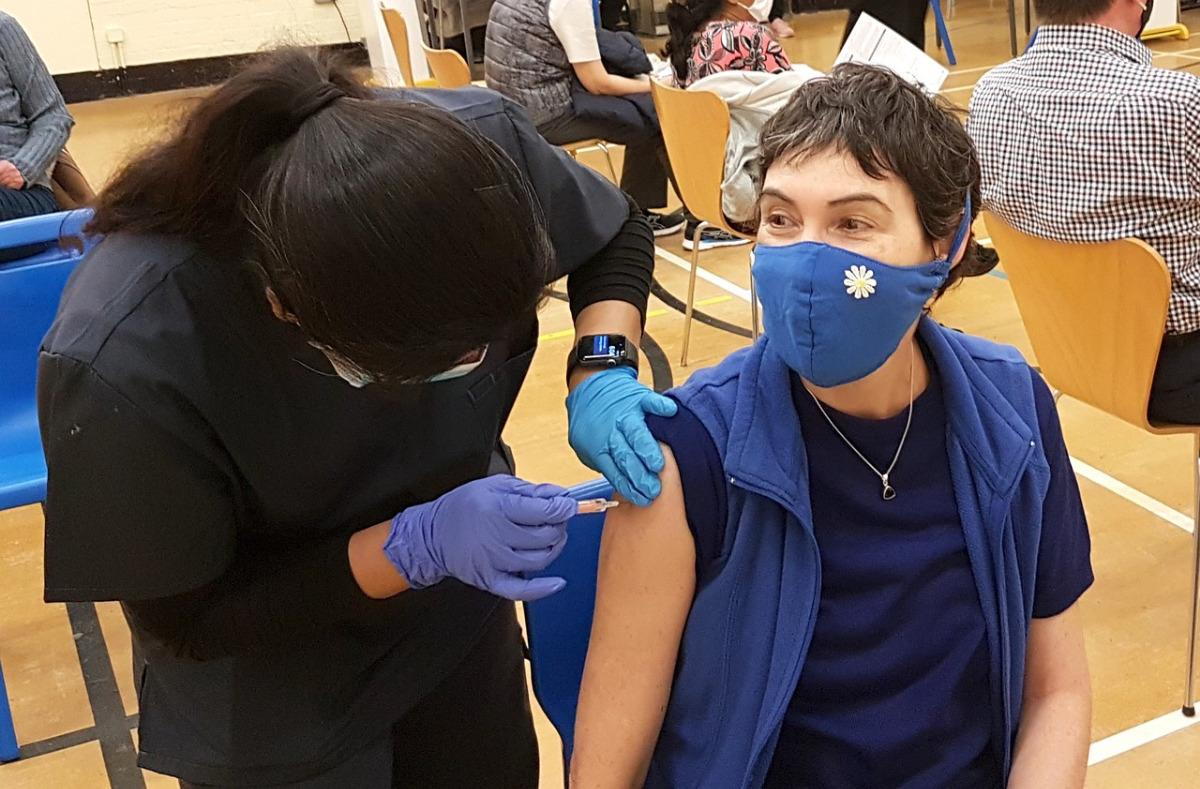
In my 35 years of practice, I don’t believe that I have ever received more questions from patients about any other topic than both Covid-19 and the vaccine. I have done my best to respond with fact-based information that I was able to find while researching both topics. I will share the main points, broken down into another multi-part series. SOME LACKING INFORMATIONReferenced, accurate information has been particularly challenging to find. Since this is all so new, research studies have been exceedingly difficult to locate. This is particularly true about the vaccine. Part of the problem is that there are many vested interests regarding it. For some, profits are at stake. Many are attempting to gain a platform on the internet and social media. Others just feel that any form of vaccination must be avoided. In light of those challenges, I will be presenting information that I have been able to uncover for your consideration. My goal is not to advise you to either get or avoid the vaccine. My intention with this series of articles is to share information that is lacking from the vaccination campaigns so that you can make an educated decision for yourself. First of all, I feel that we all need to recognize that the Food and Drug Administration (FDA) has never before approved this type of vaccine for use despite a decade of research on this form of mRNA vaccine. Most studies have been done in the field of cancer research. And it is important to emphasize that the mRNA vaccines have still not been given conventional approval at this time. The approval for use of this type of vaccine has been given for emergency use only. Furthermore, I believe that the Covid-19 pandemic has paved the way for more approvals and more use in the future. WHAT IS mRNA?Before we discuss an mRNA vaccine, we must understand what mRNA actually is. Many have called this type of vaccine a “genetic vaccine.” In fact, mRNA is genetic material. Our bodies normally produce mRNA through our DNA (deoxyribonucleic acid), which is found in the nucleus of every cell in your body. The nucleus of the cell is sort of the “brain.” It controls and coordinates everything that goes on in the cell. The area surrounding the nucleus—where most of the functions of the cell take place—is called the cytoplasm. You can consider this kind of like the body of the cell. So, we have the brain (the nucleus) and the body (the cytoplasm) making up the cells in our body. RNA (ribonucleic acid) formation is normally controlled by the DNA of the nucleus. In normal processes, the cell RNA is transported from the nucleus to the cytoplasm after being formed from the DNA. The RNA is then used to synthesize proteins and enzymes. There are actually three different forms of RNA, messenger (m) RNA being one of those three. In a normal process in your body, one strand of DNA containing a specific genes acts as a template for the formation of an RNA molecule. In this way, the code of the DNA is transmitted to the RNA molecule. Once again, the way that this process normally works is for the mRNA to act as a “messenger,” hence the “m” designation. The mRNA then carries the genetic code from the nucleus into the cytoplasm. The process that follows utilizes the other two forms of RNA: tRNA and rRNA. It ends in the formation of specific proteins that will be used for different purposes in the body. Some will become enzymes to be used in other processes in the body. Others will become different substances like hormones or antibodies. The RNA and DNA never exist outside of the cell; all of their metabolic processes occur within the cell. COMING UP...Now that you have an overview of how mRNA is designed to work in your cells, next week I will review how the synthetic mRNA in the coronavirus vaccine (or the Covid-19 vaccine as it is commonly referred to) actually works. In future installments, I will discuss the vaccine itself and the potential issues that you may experience with the inoculation. |
